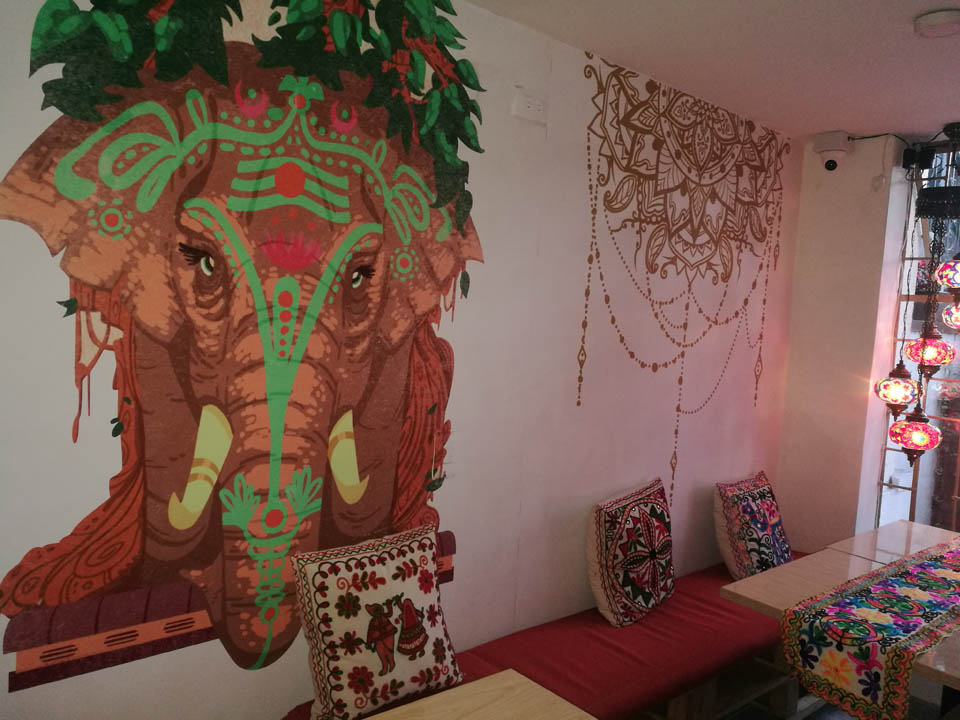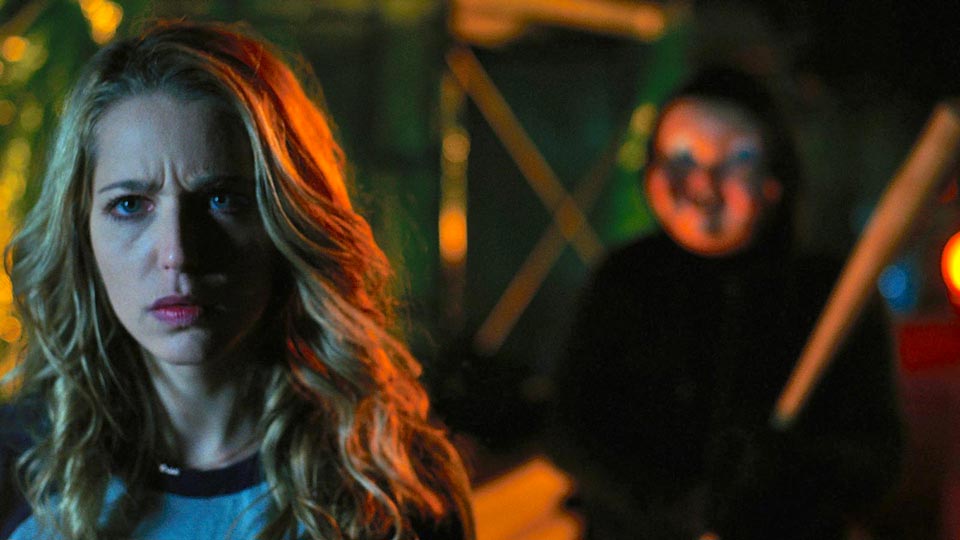
This month’s Colombia Connection takes a look at the links between Colombia and India, the land of sacred cows.
Despite being geographically distant, relations between Colombia and India have steadily grown closer since the two countries opened diplomatic relations in 1959. Sixty years on and many Colombians have a distinct fascination for the land of curry and yoga.
As First Secretary to Colombia from India, Vishnu Kumar Sharma tells us, “Colombians are very warm towards India and its people, although they struggle with our spice!”
Whether spice is an issue or not, the delights of Indian cuisine might well be the first thing that comes to mind when the country is mentioned. Although the city hasn’t had much to offer curry connoisseurs, Indian restaurants have started to flourish in Bogotá over the last ten years.
Rohit Verma, who runs the downtown Shivas restaurant (Calle 19 Bis #1-73), is keen to carry on the family tradition. The recipes for the dishes have been passed down by Rohit’s grandmother, and his mother is on hand in the kitchen to keep the curry flowing. The restaurant is named in honour of the Hindu god, whose influence reigns over the food in the form of mantras that are played in the kitchen to inspire the chefs.
Originally conceived as a vegetarian restaurant, but now also offering a range of meat dishes, we recommend the mutton curry at COP$29,000 or the meat-free option Chole Bhature at COP$18,000.
Having set up shop in Parkway nine months ago, Nadeem Javaid & Xiomara Sánchez have found success with local residents at their restaurant Curry Masala (Carrera 24 #39A-44). Punjab-born Nadeem explains that the majority of their custom comes from either foreigners living in Bogotá or Colombians who’ve lived abroad. But he’s hopeful that the restaurant can benefit from the capital’s opening of its culinary doors as bogotanos look for new flavours. “There’s a great potential here for cultural and gastronomic diversity, and we just need to make people aware of what we have,” he adds.
Curry Masala has a number of curries on offer priced COP$20,000-$25,000, but don’t miss out on their spectacular – and huge – samosas at COP$9,000.
One last recommendation for those with a bottomless appetite for curry is India Gourmet (Carrera 19B #92–52). It was set up by Kolkata-born Arun Kumar Pal, who picked up his bike one day in 1972, and proceeded to cycle all the way around the world. His travels brought him to Colombia, where he met his future wife, and the rest, as they say, is history.
India Gourmet is well worth a visit between 12 and 3pm for its buffet: all the curry you can eat for $22,000 on weekdays, and $25,000 at weekends.
Related: Colombia’s Connection with China
However, the success of the growing number of curry houses in Colombia will be limited if they hope to appeal primarily to Indian visitors. Colombia has always had some short-term Indian immigration, to some extent focused on the pharmaceutical and IT businesses, but this number has increased very little over the years. Around 350 Indians currently call Colombia their home, although as the First Secretary says, “Colombia has traditionally been seen as a stepping stone for eventually moving over to the US… few stay for over ten years”.
One area where Colombia is following in India’s footsteps is in setting itself up as a well-recognised home for call centres. Originally from Kolkata, Angelina Michael instils Indian know-how at Sutherland Global Services’ Bogotá-based call centres. Angelina sees that Colombia has a lot of potential as a call centre hub. “There’s a lot of talent here, particularly from university students,” she adds.

Few Indian tourists make it to Colombia due to a lack of direct flights and the complications of transit visas, but there’s a steady stream of Colombians heading eastwards in search of anything from spiritual enlightenment to professional development. The Indian embassy’s ITEC (Indian Technical and Economic Cooperation programme) offers a variety of full scholarships to professionals with at least five years of experience in their field. The courses on offer range from two weeks to three months and are based in institutions all over India.
One of the focuses of these scholarships is the opportunity for Colombian English teachers to develop their English and teaching skills through cultural exchanges. Carolina Ramírez Delgado, who attended one such course in October and November last year, describes this as “an unforgettable experience, which enriched my teaching knowledge, as well as my experience and personal growth”.
Around 90 full scholarships are expected this year from ITEC, which can be found on the Icetex website.
The Indian government has also been keen to lend a hand educating the most needy of Colombian society. One such project involved taking a group of five illiterate Wayuu women to the northern state of Rajasthan for six months in 2015. In that time, they became solar energy engineers, able to take the fruits of their education back to their communities in La Guajira.
With this year being the 150th anniversary of Mahatma Gandhi’s birth, celebrations of Indian culture are currently being planned around the world. One to look out for is International Yoga Day, which is coming up on June 21. In 2018 this was celebrated for the first time in various cities around the country, including a massive yoga event in Parque Bicentenario with more than 500 Colombians and the ambassador. Information about this year’s event will be published in due course on the Indian Embassy’s Facebook page.
Indeed, there are regular Bogotá events organised by both the Indian Embassy and the organisation Amigos de India, which publish details of their activities through their respective social media. One of the advantages that Indian events in Bogotá have is their capacity to attract people based on the pure “Indian-ness” of them. While a little-known singer from the US might struggle to pull in a crowd, a keen Colombian interest in Indian culture means that these more exotic dance and music events are bound to find a warm welcome in Bogotá.
Whatever spices might be involved, it’s the passion, warmth and welcoming attitude Colombia and India share that ensures that their relationship will grow ever-closer. If, as Mahatma Gandhi said, “where there is love, there is life,” then this life is truly the bond that unites both sets of people, even across half the world.




